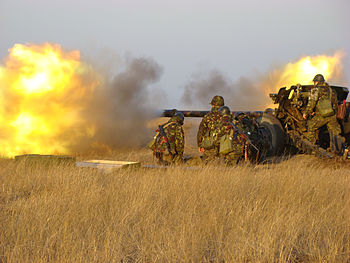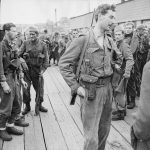
Not exactly a book review, more of a synopsis of a great work of Operational Research by David Rowland. The Stress of Battle: Quantifying Human Performance in Combat is the end result of years of work by David Rowland and his team at the Ministry of Defence. Rowland was the father of historical analysis as a branch of Operational Research.
This particular work looks at a combination of field analysis experiments in the 1980s using lasers, well documented WW2 engagements and a handful of battles from other wars. Almost every page in it is packed with evidence or explanations of the complex methodology used to ensure that you could get controlled results from an otherwise messy and chaotic environment. If you are playing or designing wargames then this is one of the books that you absolutely must have on your book shelves (and have read too).
When I was reading the book I was often underlining or marking sections with post-it flags. In particular I drew the following interesting snippets from the book:
- Tanks suppress defenders, but you need at least two tanks per defending MG to have any effect;
- Combat degradation is about a factor of 10 compared to performance on firing ranges
- Anti-tank guns focus the attention of tanks from suppressing MGs, and the bigger the anti-tank gun the more attention it diverts (unsurprisingly);
- Fortifications & obstacles (i.e. properly prepared defensive positions) increase defence effectiveness by a factor of 1.65;
- In defending against a 3:1 attack, the average rifleman will inflict 0.5 casualties on the attackers whereas a MG will inflict 4 casualties;
- 1 in 8 riflemen will cause 4 casualties, and the other 7 none;
- MG equivalents for casualty causing are: 9 rifles = 1 MG; 1 medium mortar (81mm) = 3 MG;
- Combat effectiveness grows with experience, improving the casualty exchange ratio;
This is just a taster of what the book contains. Really worth reading. Not only that it is fantastically well illustrated with loads of graphs, diagrams and pictures from the field exercises to illustrate the points in the text.
Continued in Part 2 – Operational Research on Urban Warfare
Related articles








3 thoughts on “Book Review – The Stress of Battle by David Rowland (Part 1)”